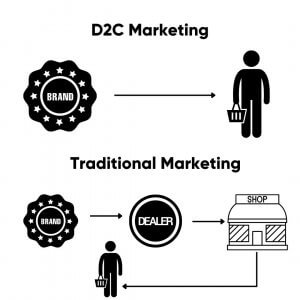China has been undergoing a number of major changes in recent years in the areas of health care, drug development, biotechnology, and disability policy. With the right marketing strategy, these shifts could provide some very good opportunities for exporters of pharmaceuticals and medical devices and products, and also for those seeking business partnerships in China in the medical and biotechnology sector.
Health care reform
At the present time, China’s health care system is being overhauled. This includes better health insurance coverage, hospital reform, development of a national ‘Essential Drug List’, and progress towards a universal health care system to equalise access to medicines and health services across the rural and urban populations.
Some of the drivers for this include having the largest elderly population in the world, modernisation, higher incomes, greater health awareness in the population, and a general need for higher quality medicines and medical services.
China has also developed a disability legal framework with the aim of providing its disabled population with equal access to education, work participation and public services. This, combined with the country’s ageing population and demand for higher quality health care overall, means that as well as pharmaceuticals there is a demand for clinical and diagnostic equipment, medical testing instruments and mobility devices to assist the disabled in China.
Investment in biotechnology
According to Austrade, China is Australia’s largest market for pharmaceuticals, with a value of $559 million (2013), and is also investing heavily in biotechnology. Austrade states that China is:
- A world leader in adult stem cell research.
- The largest producer worldwide of antibiotics.
- Committed to ‘BioParks’ (science parks for research and innovation) in Beijing, Shanghai, Guangzhou and a number of other locations.
- Has a number of leading biotechnology firms that produce vaccines.
- Has made a number of breakthroughs in molecular biology, biochemistry, neurobiology, genomics and other areas.
- Has established priority areas for research and development that include crop genetic breeding, gene and protein engineering, vaccines, gene therapy, and drug discovery.
Market opportunities and strategy
Some of the opportunities in China include export of pharmaceutical products and over the counter drugs, vitamins, mobility assistance devices, rehabilitation equipment, surgical equipment, digital x-ray equipment, artificial organs, diagnostic reagents, ultrasound equipment, medical software, research and development, and a whole host of other products and services.
With regard to pharmaceuticals in particular, it’s important to be aware that it can take up to 26 months for a drug to be approved and registered in China. The procedure may need to involve clinical trials, quality testing, review by municipal authorities, and approval by the State Food and Drug Administration (SFDA).
It’s also important to understand that the Chinese market will require a different marketing strategy than a western market. For example, in the B2B space, trade shows are a preferred way of getting your company in front of potential customers. In the B2C space, your strategy should include a social media presence, and all your content should be localised for the particular market segment you’re targeting.
For assistance on marketing medical or other types of products or services to China, feel free to contact our marketing team. Our team is highly experienced at working with Australian companies marketing to Chinese audiences, and has the language and localisation skills you need in order to have the best chance of success.











































































